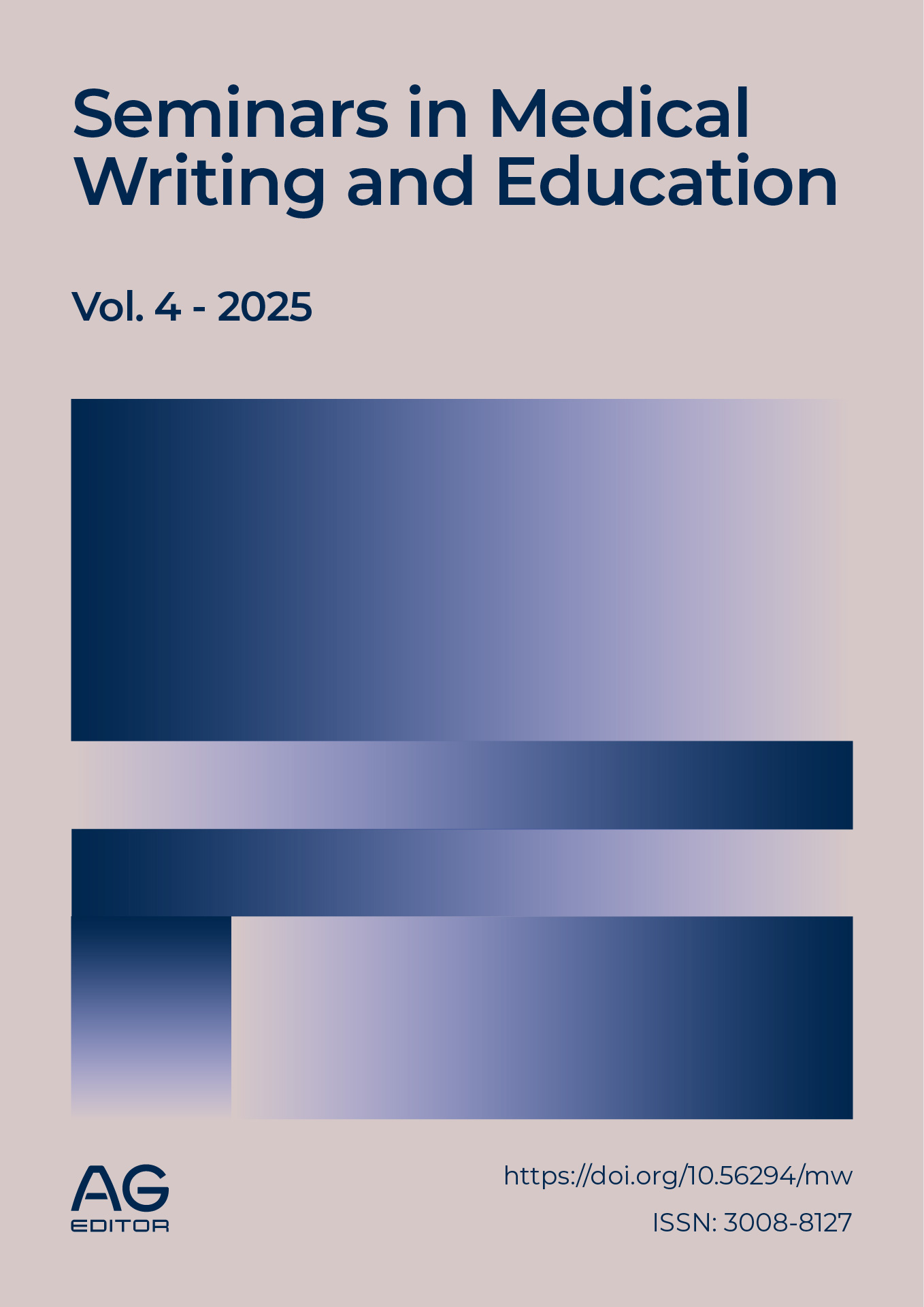Crisis and transformation of the medical residency system in Argentina
DOI:
https://doi.org/10.56294/mw2025463Keywords:
medical residency, training, job insecurity, demotivation, alternativesAbstract
Introduction: For decades, the medical residency system in Argentina was the main and most highly valued route for training specialists. Regulated by the Ministry of Health, these programs offered a comprehensive model of theoretical and practical training in hospital settings. However, since 2021 there has been a sustained drop in the number of applicants, which shows a change in students' perception of this traditional format.
Development: The admissions process included a national exam, academic records and interviews. The training combined clinical rotations, professional supervision, constant evaluation and long on-call hours. Despite this, future doctors began to question the usefulness of the system in the face of current working conditions. Data collected between 2014 and 2024 showed a downward trend in enrolments from 2021 onwards, with a slight upturn in 2024. At the same time, the participation of foreign graduates remained high, especially from Latin American countries, who occupied more than 30% of the places offered.
Conclusions: It was concluded that medical residency, although still in force, lost its appeal for many 6th year students. Precariousness, low pay and the search for a better quality of life explained this phenomenon. Alternatives such as private practice, working abroad or training outside the system began to gain ground. Faced with this transformation, it became urgent to modernize the system and adapt it to new professional and human demands.
References
1. Residencias Médicas. Examen único 2023: 7300 aspirantes a residencias de salud en Argentina [Internet]. ResidenciasMedicas.com.ar; 2023 [citado 2025 abr 4]. Disponible en: https://www.residenciasmedicas.com.ar/examen-unico-2023-7300-aspirantes-a-residencias-de-salud-en-argentina/
2. López Ferré L, Perales Urrutia A. El fenómeno migratorio de los médicos residentes en Argentina. Rev ADM [Internet]. 2022 [citado 2025 abr 4];89(6):321–6. Disponible en: https://www.medigraphic.com/cgi-bin/new/resumen.cgi?IDARTICULO=112443
3. Marcolongo M. Residencia médica obligatoria para evitar una futura crisis de calidad [Internet]. La Nación; 2023 dic 12 [citado 2025 abr 4]. Disponible en: https://www.lanacion.com.ar/opinion/residencia-medica-obligatoria-para-evitar-una-futura-crisis-de-calidad-nid12122023/
4. De León F. Peligrosas consecuencias de la pauperización médica [Internet]. La Nación; 2024 may 21 [citado 2025 abr 4]. Disponible en: https://www.lanacion.com.ar/opinion/peligrosas-consecuencias-de-la-pauperizacion-medica-nid21052024/
5. Ministerio de Salud de la Provincia de Buenos Aires. La provincia convoca un nuevo programa de pre-residencias [Internet]. GBA.gob.ar; 2024 [citado 2025 abr 4]. Disponible en: https://www.gba.gob.ar/saludprovincia/noticias/la_provincia_convoca_un_nuevo_programa_de_pre_residencias
6. Bergman V. ¿Está en riesgo la seguridad del paciente? Éxodo de médicos y servicios de menor nivel en un sistema que se desmorona [Internet]. La Nación; 2023 may 18 [citado 2025 abr 4]. Disponible en: https://www.lanacion.com.ar/sociedad/esta-en-riesgo-la-seguridad-del-paciente-exodo-de-medicos-y-servicios-de-menor-nivel-en-un-sistema-nid18052023/
7. Soler D. Examen de residencias médicas: aumentaron los postulantes y uno de cada tres es extranjero [Internet]. La Nación; 2024 jun 29 [citado 2025 abr 4]. Disponible en: https://www.lanacion.com.ar/sociedad/examen-de-residencias-medicas-aumentaron-los-postulantes-y-uno-de-cada-tres-es-extranjero-nid29062024/
8. Lerman J, Peroni LN, Garay OU. Situación actual de las residencias médicas en Argentina. Medicina (B Aires) [Internet]. 2019 [citado 2025 abr 4];79(8):430–4. Disponible en: http://www.scielo.org.ar/scielo.php?pid=S0025-76802019000800008&script=sci_arttext&tlng=en.
Published
Issue
Section
License
Copyright (c) 2025 Eugenia Abril Fernandez, Facundo Correa (Author)

This work is licensed under a Creative Commons Attribution 4.0 International License.
The article is distributed under the Creative Commons Attribution 4.0 License. Unless otherwise stated, associated published material is distributed under the same licence.






